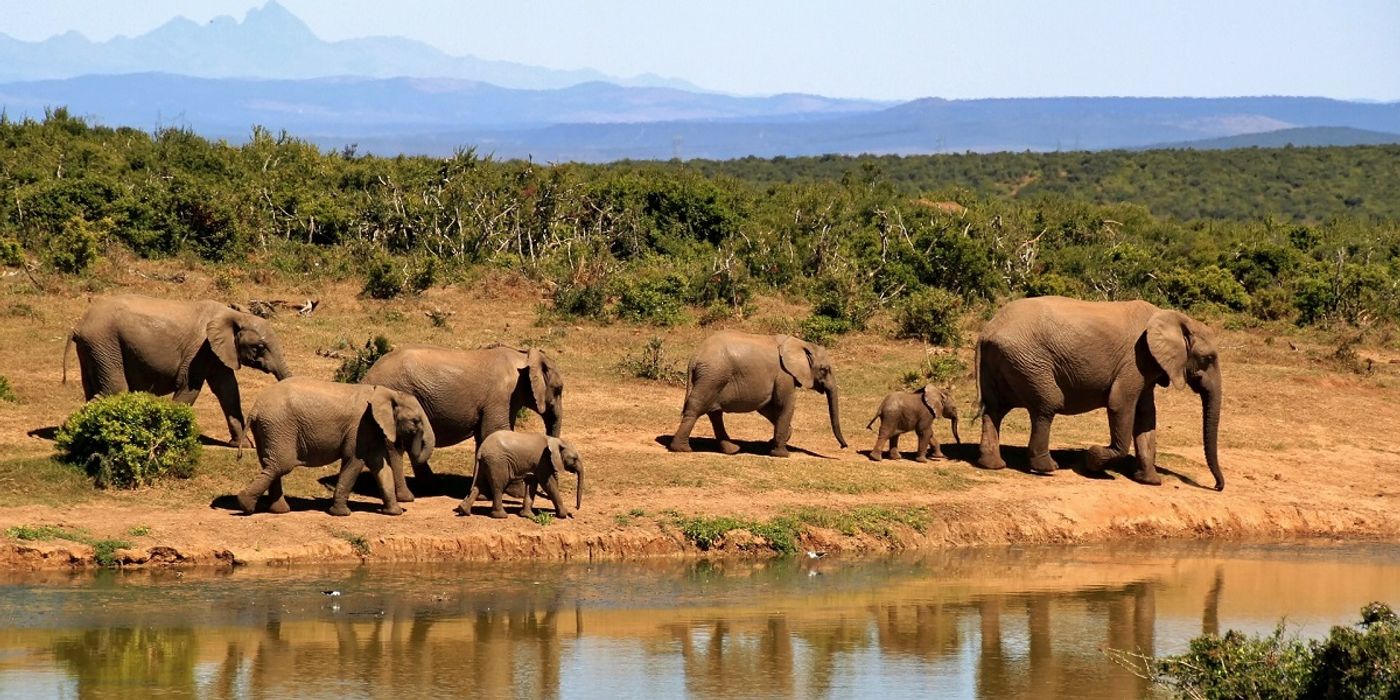World Elephant Day - Elephant Conservation in Action
Elephants are the largest currently living land animals, and they are majestic. They must consume nearly 70,000 calories a day to maintain their massive size, live almost 70 years, and have the most prolonged gestation of all mammals, around 22 weeks!
Earlier this year, African forest elephants were classified as a distinct species from the African savanna elephant, which altered their standing on the IUCN Red List. This reclassification changed their status from “Vulnerable” when listed together, to “Critically Endangered” for the African forest elephant, and “Endangered” for the African savanna elephant.
Studying elephants can be difficult, as they travel long distances in a day and don’t often stay in the same place. They live in remote areas like protected areas and national parks where there are few roads to follow the elephants on their travels. This can make it challenging to observe elephants directly consistently
To accurately and efficiently count elephants, scientists are developing new deep learning technologies using artificial intelligence to identify elephants from drone photos. This technology shows promise but still needs some work for exact population estimates. Tree cover can get in the way of elephant footage from the drones, and calves can be tough to spot under their mothers. However, this technology is an excellent resource for biologists to more quickly assess animal populations with high accuracy. If less time is needed to look for and count animals in the field, more effort can be put into conservation efforts.
The more traditional way to study elephants is to observe them directly. Scientists studying the feeding behavior of elephants in Serengeti National Park have noted differences in foraging behavior between male and female elephants. Male elephants are larger than females, and therefore can browse on vegetation higher up on trees. Females make up for this difference in reach by feeding on a wider array of plant species.
Though elephants are beloved in most of the world, their numbers continue to decline. According to the Great Elephant Census conducted in 2016, between 2007 and 2014, African elephant numbers decreased by more than 144,000. Elephants still face dramatic habitat loss, human conflict when encroaching on farms, and poaching for ivory. Improving our understanding and conservation of these charismatic animals is essential if we want to continue to share a planet with them.
Sources: European Journal of Wildlife Research, Animal Biotelemetry, IUCN List









